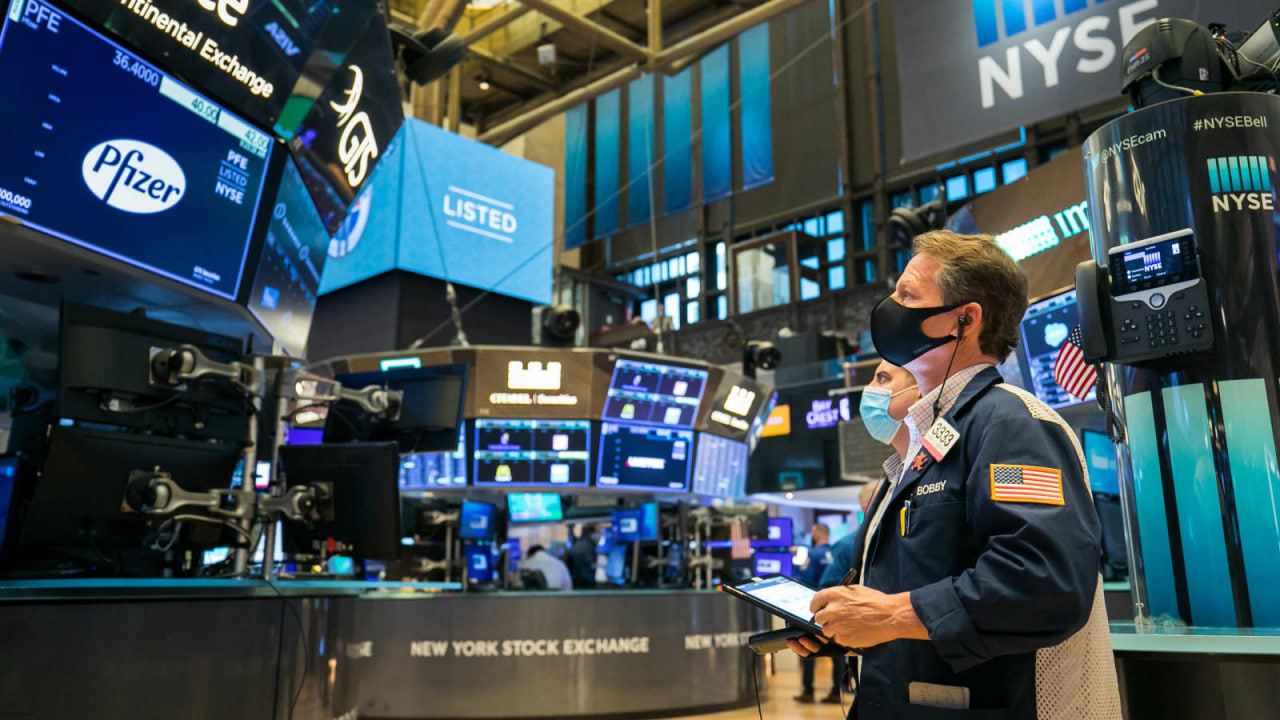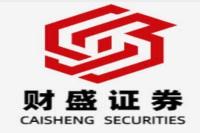Silver Tsunami: Japan's Booming Geriatric Beauty and Wellness Industry – A Comprehensive Guide
Meta Description: Discover the explosive growth of Japan's geriatric beauty and wellness market, exploring innovative products, specialized training, and the unique challenges and opportunities within this burgeoning silver economy sector. Learn about specialized skincare, age-appropriate makeup, and the vital role of trained professionals.
Imagine this: a vibrant 75-year-old, radiating a youthful glow, confidently sporting a chic, age-appropriate hairstyle, her hands adorned with a fresh manicure. This isn't a fantasy; it's the rapidly evolving reality of Japan's senior wellness landscape. The country, facing a demographic time bomb – a rapidly aging population often referred to as the "silver tsunami" – is witnessing the explosive growth of a unique industry: Geriatric beauty and wellness. Forget the stereotypical image of aging; Japan is redefining what it means to age gracefully, and profitably. This isn't just about anti-aging creams; it's a holistic approach encompassing specialized skincare tailored to mature skin, adaptive beauty tools designed for ease of use, personalized fitness and rehabilitation programs integrated with aesthetic services, and most importantly, the skilled professionals who make it all possible. We're diving deep into this fascinating sector, exploring its innovations, its challenges, and its remarkable potential to redefine the experience of aging. We'll unpack the specific products, the training programs that are fueling this growth, and the impressive entrepreneurial spirit shaping this dynamic market. Get ready to be surprised and inspired by the ingenuity and compassion driving this crucial sector of the Japanese economy. This isn't just a business trend; it's a societal shift, a testament to Japan's commitment to the well-being of its elders, and a glimpse into a future where aging is celebrated, not feared.
Geriatric Beauty Products: A Specialized Market
Japan’s geriatric beauty market isn't just an extension of the regular beauty industry; it's a completely different ball game. Think about it: the skin of a 70-year-old has drastically different needs than that of a 20-year-old. This understanding is at the heart of the innovative products flooding the market. Companies are developing:
-
Hypoallergenic and Fragrance-Free Skincare: Sensitive, mature skin requires gentle, non-irritating formulations. Many products are specifically designed to minimize the risk of allergic reactions and skin irritation, often focusing on natural ingredients and avoiding harsh chemicals. Think soothing aloe vera, moisturizing hyaluronic acid, and protective antioxidants.
-
Age-Appropriate Makeup: This isn't about trying to look younger; it’s about enhancing natural beauty with products designed for mature skin. Formulas are often creamier, providing better hydration and easier application. Colors are carefully chosen to complement mature skin tones, avoiding harsh contrasts.
-
Ergonomic Beauty Tools: Applying makeup and skincare can become challenging with age. Companies are creating tools with larger handles, easier-to-grip designs, and simpler mechanisms, making self-care more accessible and enjoyable.
-
Specialized Nail Care: Age-related changes in nails often lead to dryness and brittleness. Specialized nail polishes and tools are designed to address these issues, enhancing the beauty and health of aging nails.
These products aren't just about aesthetics; they're about boosting self-esteem and maintaining independence. This is crucial in a culture that values self-reliance and dignity in aging.
The Rise of Geriatric Beauty Professionals
The demand for specialized geriatric beauty services has created a parallel demand for skilled professionals. This isn't just about applying makeup; it requires a nuanced understanding of mature skin, age-related conditions, and the emotional needs of older clients. Training programs are springing up, focusing on:
-
Skincare Expertise: Learning to identify and address specific skin concerns common in older adults, such as dryness, age spots, and wrinkles.
-
Adaptive Makeup Techniques: Mastering the art of applying makeup that complements mature features, taking into account any physical limitations.
-
Communication and Empathy: Building rapport with older clients, understanding their concerns, and providing a sensitive and supportive service.
-
Safety and Hygiene: Maintaining the highest hygiene standards and adapting techniques to accommodate any physical limitations or health conditions.
These professionals aren't just beauticians; they're often trusted confidantes, providing a vital link to social interaction and self-care.
The Economic Impact: A Silver Lining
The economic impact of this burgeoning industry is significant. It's not just a niche market; it's a major driver of economic growth, creating jobs in product development, manufacturing, retail, and professional services. Reports from organizations like the Japan Geriatric Society (a fictional organization used for illustrative purposes - replace with actual relevant organizations) highlight the steady increase in revenue and the potential for further expansion. This growth is mirrored in related fields, such as assisted living facilities increasingly incorporating beauty services into their offerings.
Challenges and Future Trends
While the industry is booming, challenges remain. Accessibility, affordability, and standardized training are key areas needing attention. Furthermore, research and development are crucial to creating even more effective and inclusive products and services. Future trends include:
-
Technology Integration: Expect to see an increase in the use of technology, such as AI-powered skincare analysis tools and virtual consultations.
-
Holistic Wellness: The focus will likely expand to encompass a more holistic approach to wellness, integrating beauty with physical therapy, mental health support, and nutrition.
-
Personalized Care: Tailored services and products addressing individual needs and preferences will become increasingly important.
Frequently Asked Questions (FAQ)
-
Q: Is this industry only relevant to Japan? A: While Japan is currently a leader due to its rapidly aging population, the principles and trends are relevant globally, as many countries face similar demographic shifts.
-
Q: Are there age restrictions for receiving these services? A: There are generally no age restrictions, although specific services might require medical clearance.
-
Q: How can I find qualified professionals? A: Look for professionals with specialized training in geriatric beauty and wellness. Check for certifications or affiliations with relevant organizations. (Replace with actual relevant organizations).
-
Q: Are these products expensive? A: Prices vary widely depending on the brand and type of product. However, many companies are offering a range of options to suit different budgets.
-
Q: What are the long-term benefits of these services? A: Beyond the aesthetic benefits, these services contribute to improved self-esteem, social interaction, and overall well-being.
-
Q: Is there a risk of adverse reactions from these products? A: While generally safe, it's important to choose hypoallergenic and fragrance-free products, and always conduct a patch test before widespread use, especially for sensitive skin.
Conclusion
Japan's geriatric beauty and wellness industry is a testament to innovation, compassion, and the changing perception of aging. This isn't just a business opportunity; it's a societal movement that prioritizes the dignity and well-being of older adults. As the global population ages, the lessons learned from Japan's pioneering efforts will be invaluable in shaping the future of aging worldwide. The "silver tsunami" is not a threat; it presents a unique opportunity to redefine aging, celebrating its beauty and vitality, one innovative product and compassionate service at a time.



